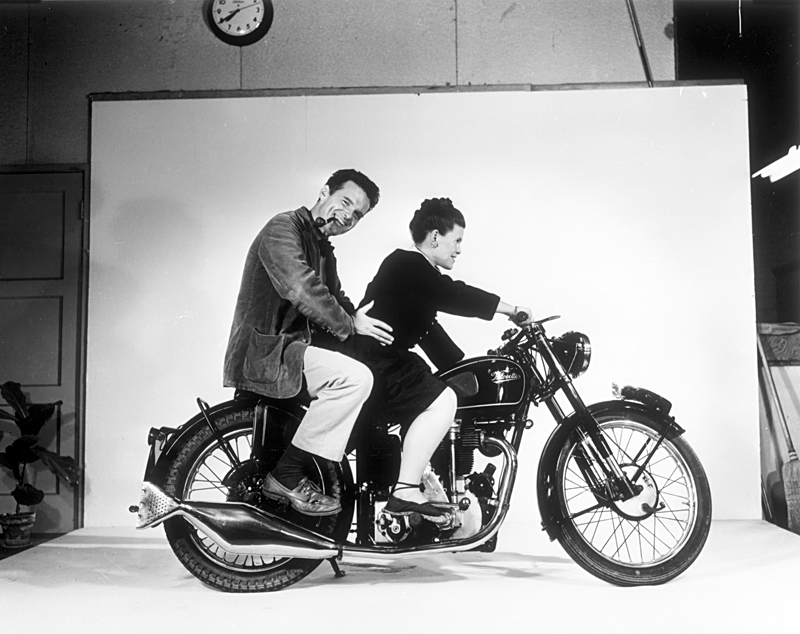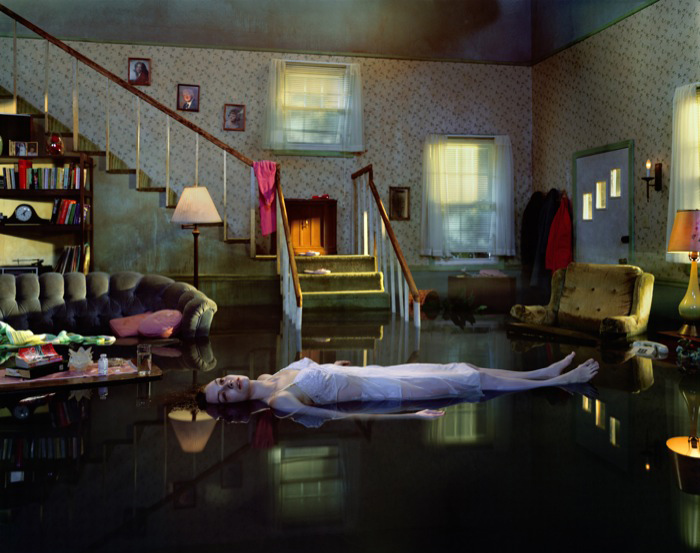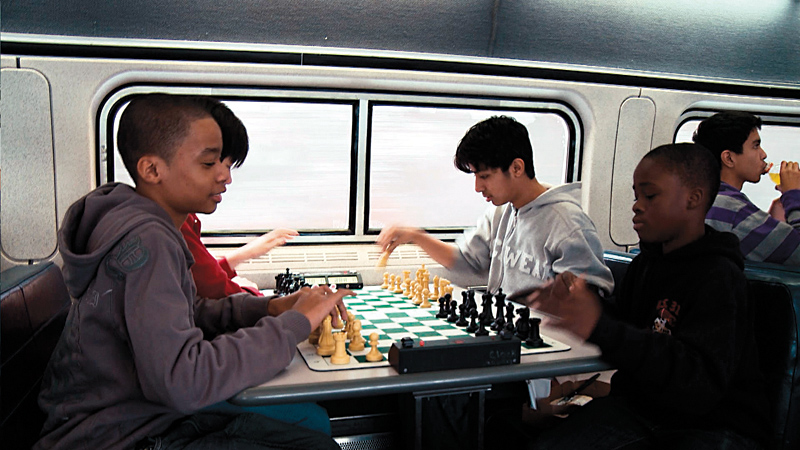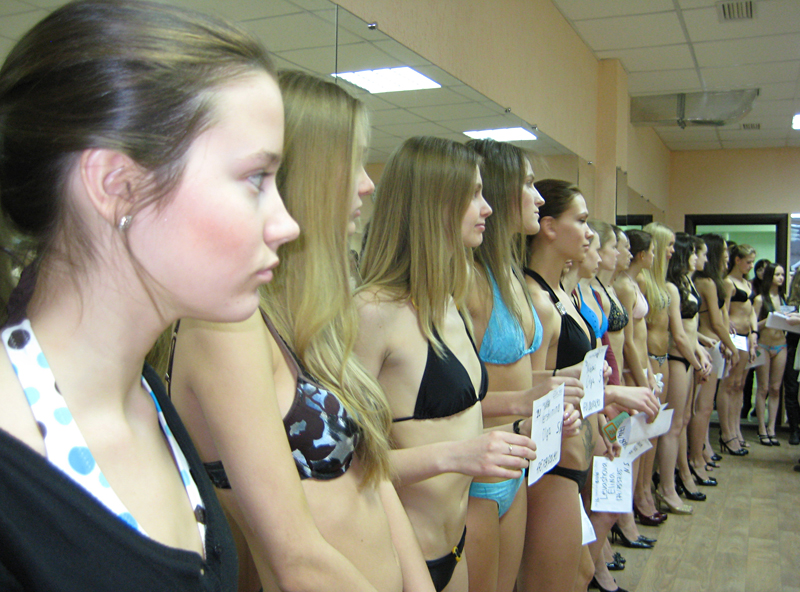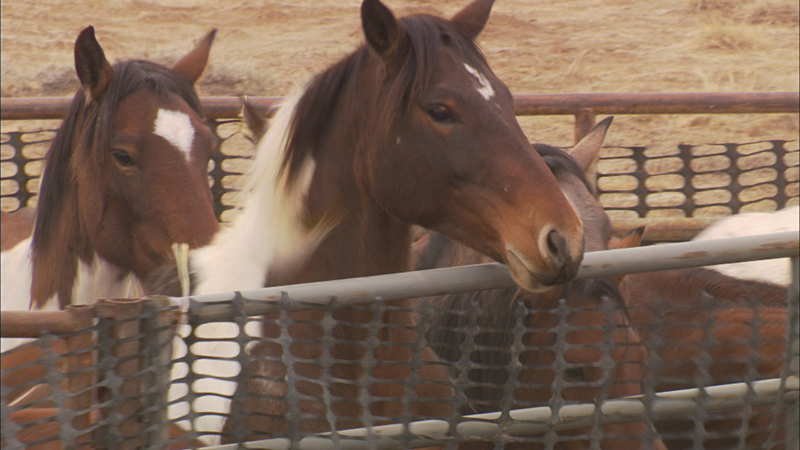“The best for the most for the least” was the utopian business credo of Charles Eames, who with his wife, Ray, revolutionized mid-20th-century industrial design and presaged the information age. Jason Cohn and Bill Jersey’s glowing appraisal of the couple dutifully lists their accomplishments as creative business partners—the chairs, their Pacific Palisades house, their short films, their Cold War exhibitions—while also too briefly discussing the mechanics of their romantic relationship. Narrated by James Franco, whose script readings are often punctuated by his Beat-poetry inflection from Howl, Eames offers testimony from several employees at Charles and Ray’s Venice, Calif., office: He is recalled as charismatic (especially with the ladies), handsome, and sometimes unwilling to share credit; she is remembered as the deferential but equal collaborator occasionally referred to as “Crazy Ray-zy” for her extreme pack-rat habits. A clip from The Arlene Francis Show in the 1950s shows Ray good-naturedly enduring the TV hostess’ repeated insult, “She is the woman behind the man”—a stoicism that would serve her 20 years later, when Charles almost left her for a much younger woman. “I think their marriage was a mystery to everyone,” an Eames worker notes—an observation, true of every couple, that you’ll wish the filmmakers had explored more deeply.
Eames: The Architect and the Artist: Two Titans of Postwar Design
